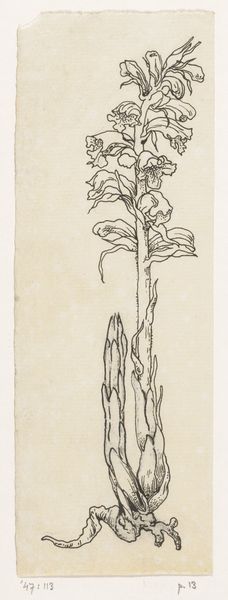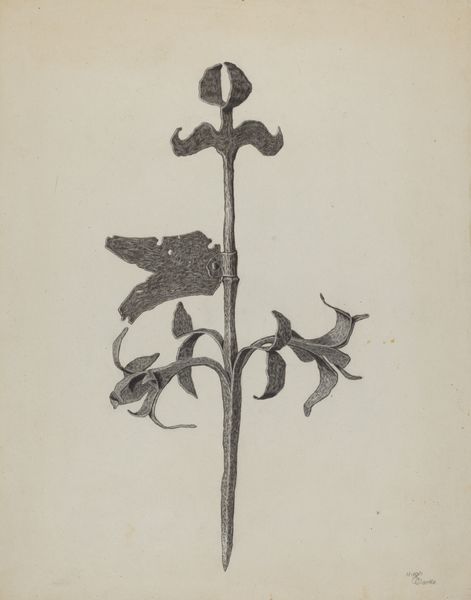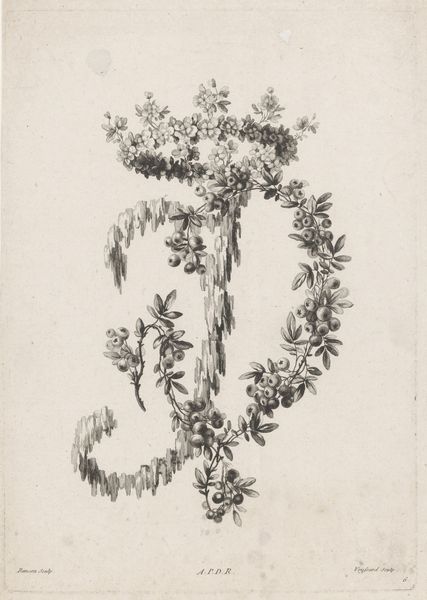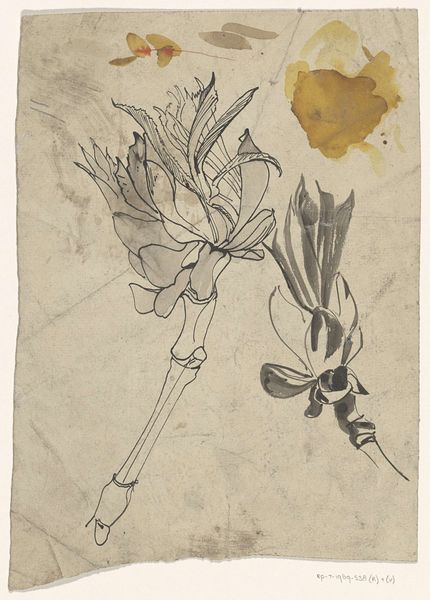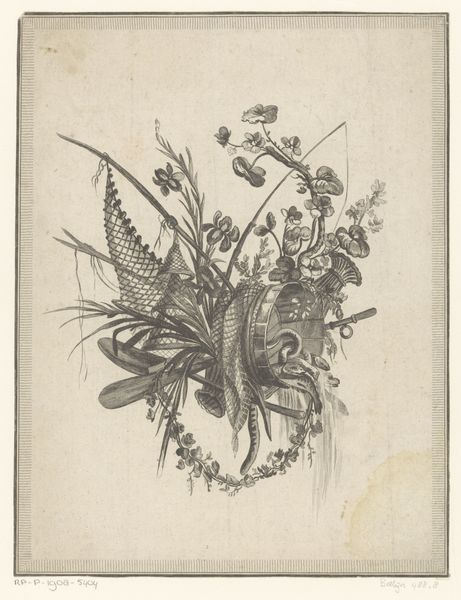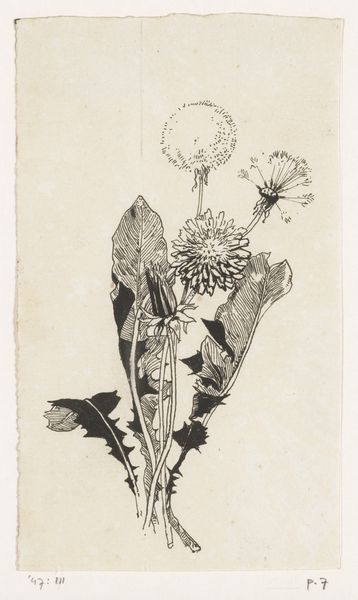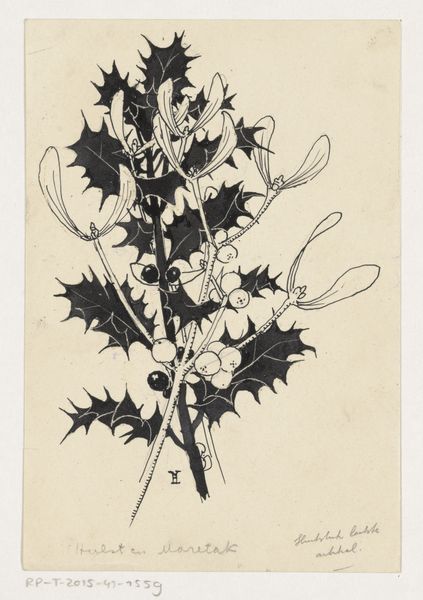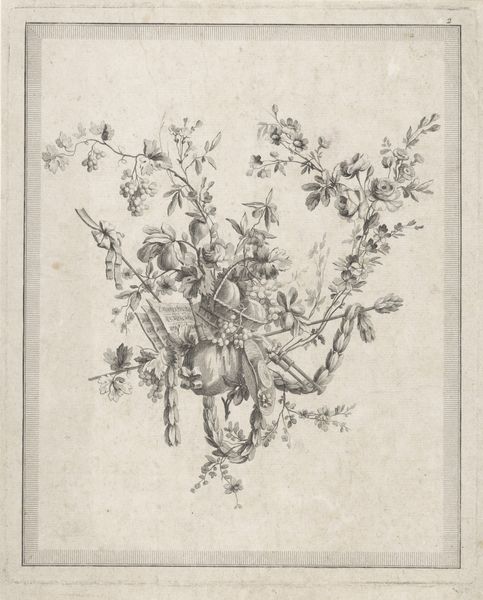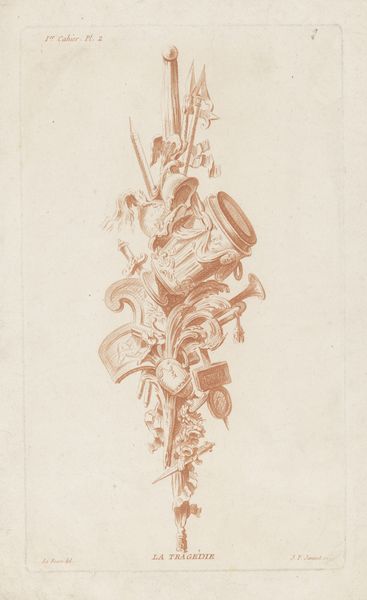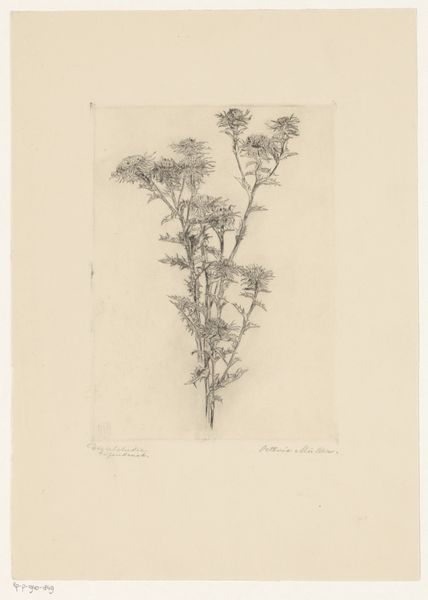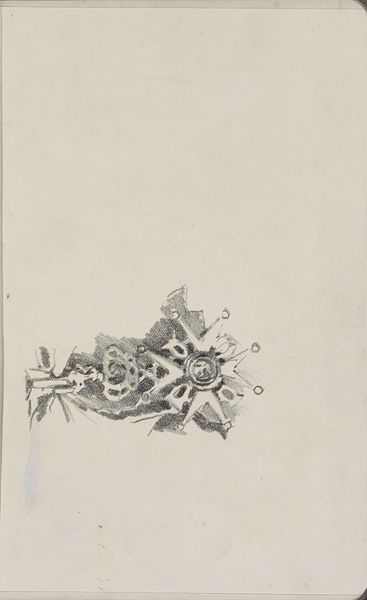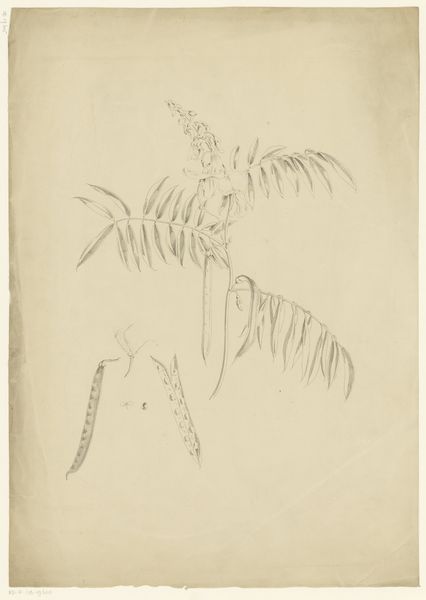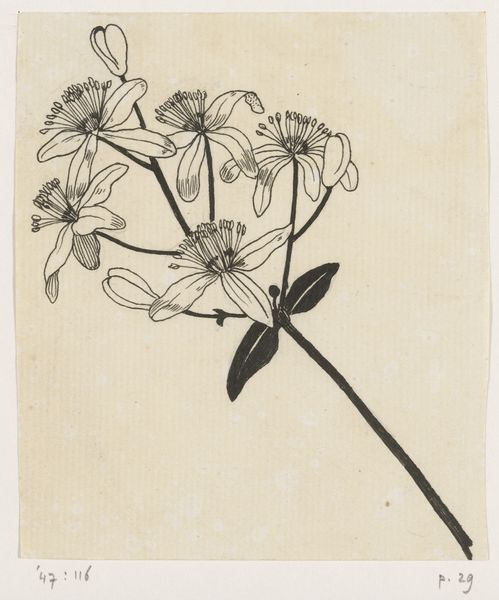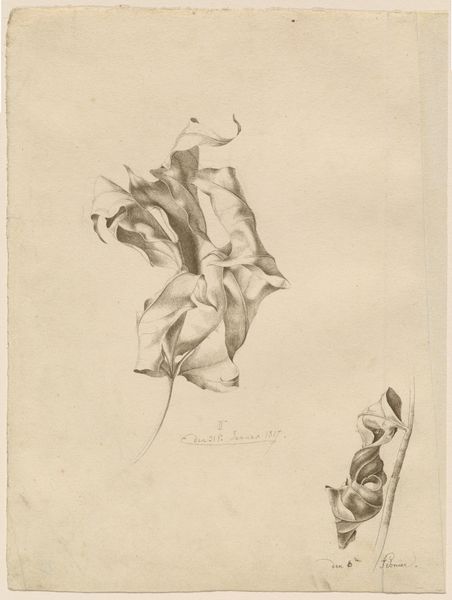
drawing, pencil
#
drawing
#
organic
#
pencil
#
realism
Dimensions: image: 20 x 16.5 cm (7 7/8 x 6 1/2 in.)
Copyright: National Gallery of Art: CC0 1.0
Curator: Here we have Karel Vitezslav Masek’s pencil drawing, "Thistle," created circa 1890. Editor: My initial impression is…intriguing. It's rendered with such delicate realism, yet the subject itself feels quite thorny and uninviting. There's a strange tension there. Curator: Indeed. The thistle has always been a potent symbol across many cultures. Often, it represents adversity, pain, and even protection. The thorns signify resistance against those who might wish to harm. Editor: And think of its connection to Scotland! It's their national emblem, linked to stories of protection and defiance. But beyond national identity, thistles can symbolize resilience and the ability to thrive in harsh environments. They become metaphors for marginalized communities. Curator: Precisely. Masek’s choice of medium reinforces the dichotomy you observed. The fragile, ephemeral nature of pencil on paper contrasts so starkly with the resilient and defiant symbolism of the thistle itself. It captures a delicate beauty, a flower that’s so easily overlooked yet speaks of enduring strength. It almost feels like he's revealing hidden dignity. Editor: The way Masek detailed the texture… I feel compelled to engage with it despite its inherent danger. Think of the way marginalized groups are represented. Beauty, strength, and the courage of conviction are here. It challenges my own preconceptions about beauty, forcing me to recognize it beyond the traditionally appealing. Curator: The thistle's prevalence in heraldry further reinforces the layered meanings. Royalty has long been tied to the thistle, it became connected to ideals of nobility and sovereignty as well. Masek subtly integrates these connotations within his work, asking us to reconsider ideas about authority. Editor: The Victorian era witnessed increasing social stratification. Symbolically, choosing the humble thistle can be seen as making space for the neglected and challenging the era's fascination with exotic beauty. Curator: Masek offers the space to think of the psychological weight of such floral emblems. Its cultural relevance reminds me of symbols that shape perceptions, beliefs, and historical memory. Editor: Right. After considering the piece, I think I can feel empowered by its bold proclamation: from pain emerges a potent beauty. Curator: The conversation illuminated how the drawing functions simultaneously on aesthetic and social planes, layering personal experience within greater sociopolitical contexts.
Comments
No comments
Be the first to comment and join the conversation on the ultimate creative platform.
